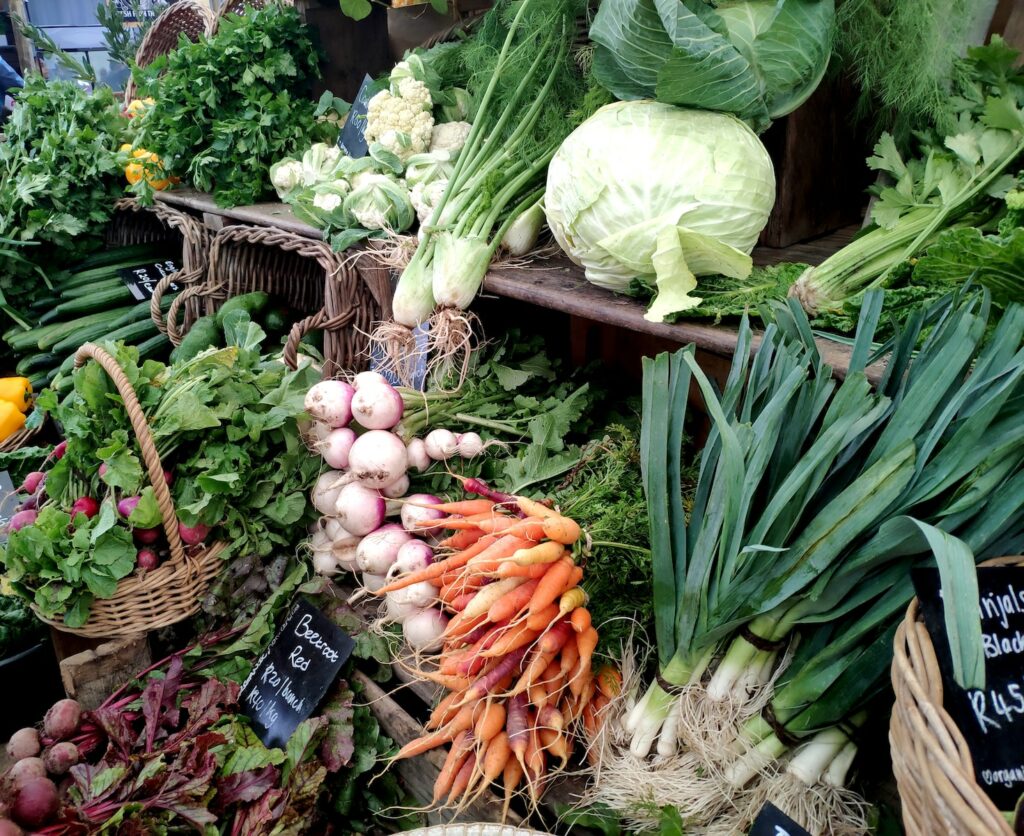
A diet packed with the healthiest vegetables is one of the best ways of supporting your health and avoiding disease. They’re packed with fibre and an array of nutrients that your body needs in abundance and eating good levels of vegetables each day is an easy way to secure adequate amounts. If you’re looking for the best nutritional bang for your buck, you’ll likely be asking what the most nutritious vegetable is?! Which vegetables should you be eating daily?
I’ve listed below the healthiest vegetables that you shouldn’t be avoiding and why. Try to use this list as a guide and remember fresh is not always the only option; frozen vegetables are a great option nutritionally and are also convenient and often more cost-effective.
The healthiest vegetables you should include DAILY
Dark Leafy Greens
Dark Leafy greens are considered the healthiest vegetables as they are a rich source of an array of nutrients as well as fibre and overall provide a lot of nutrition for each mouthful. They include any vegetable with dark green leaves; including spinach, kale, savoy cabbage, rocket, watercress, swiss chard and collard greens.
Spinach
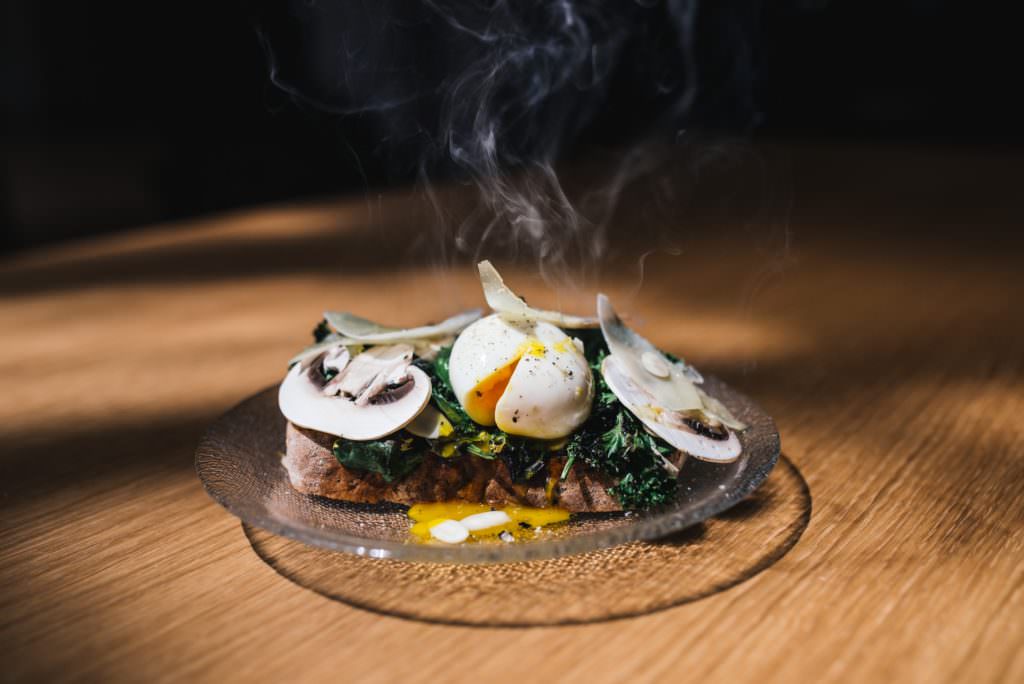
One of the best leafy greens, this is a rich source of:
- Calcium; for strong bones
- Iron; for energy and healthy blood
- Vitamin C; antioxidant vitamin that helps boost the immune system
- Vitamin A; antioxidant vitamin that helps with vision
- Vitamin K; helps with the absorption of calcium
- Magnesium for energy production as well as muscle and nerve function
- Nitrates; to improve cardiovascular health
- Folate: important for blood and can help protect the heart
- Antioxidants; to combat the effects of oxidative stress
Kale
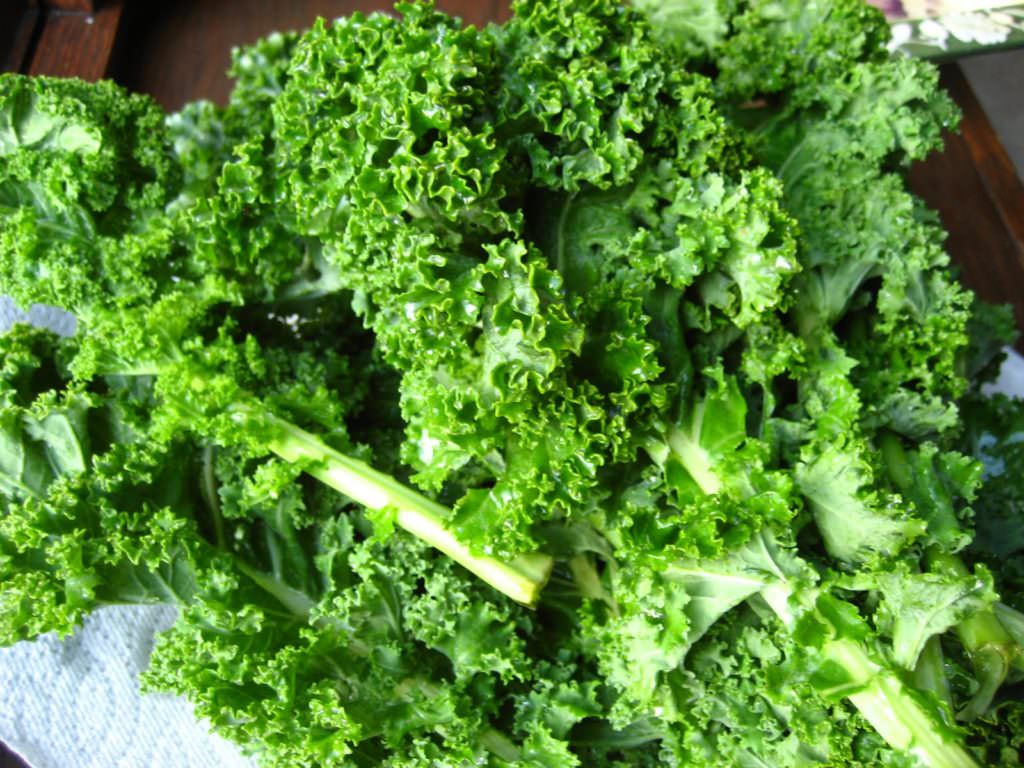
Kale – a superfood?
Kale is rich in antioxidants and loaded with calcium, potassium and Vitamins A, B, C but is particularly high in vitamin K, with the additional benefit of being rich in fibre, which can help to lower cholesterol and keep blood sugars balanced.
Try this Kale and Courgette Supergreen Salad
Broccoli
Broccoli contains Sulforaphane, which is a phytochemical that can help ward off cancer and help the liver with the detoxification process. It is a very good source of Vitamins C, K and A and much more. A true nutritional powerhouse, it is also rich in fibre and contains plant-based protein.
Try it… lightly steamed, raw or even grilled will retain more nutrients and can be included in salads, soups, risottos or as a side with a little olive oil.
Peas
Sweet and starchy, these are nevertheless a good source of fibre, to support gut health, as well as plant-based protein, and as such, beneficial if you’re looking to reduce meat consumption. Peas are also a good source of vitamins A, C & K and vitamins B5, B3 and folate vitamins.
Try it….in a soup, as a side, whole or mashed or in a salad
The Healthiest Vegetables:
Cruciferous Vegetables
The cruciferous family of vegetables includes vegetables like kale, cabbage, savoy cabbage and cauliflower; these vegetables contain sulphur compounds that can help ward off cancer. They have anti-inflammatory properties and protect cells from DNA damage.
Brussels Sprouts

Also part of the cruciferous family of vegetables, brussels sprouts are a good fibre source, supporting gut and bowel health. They are also a source of plant-based protein and are rich in folate, magnesium and potassium as well as vitamins A, C & K.
Try it… lightly boiled or steamed or halved and roasted in a little olive oil. They are also good shredded into a salad.
Red Cabbage
Red cabbage is rich in anthocyanins, a highly nutritious pigment compound that gives it its distinctive colour.
Try it….stir-fried with a little garlic and balsamic vinegar or as part of a coleslaw with a vinaigrette.
The Healthiest Vegetables:
Deep Orange/Red Varieties
Sweet Potatoes
With its rich orange colour, sweet potatoes are a healthier alternative to traditional potatoes, providing good levels of beta-carotene, the precursor to antioxidant vitamin A which helps to support eye health and can help ward off cancer. They are also a good source of Vitamin C & B6 and potassium.
With their high fibre content, they have a lower glycemic index and are a good choice to help keep blood sugar balance in check.
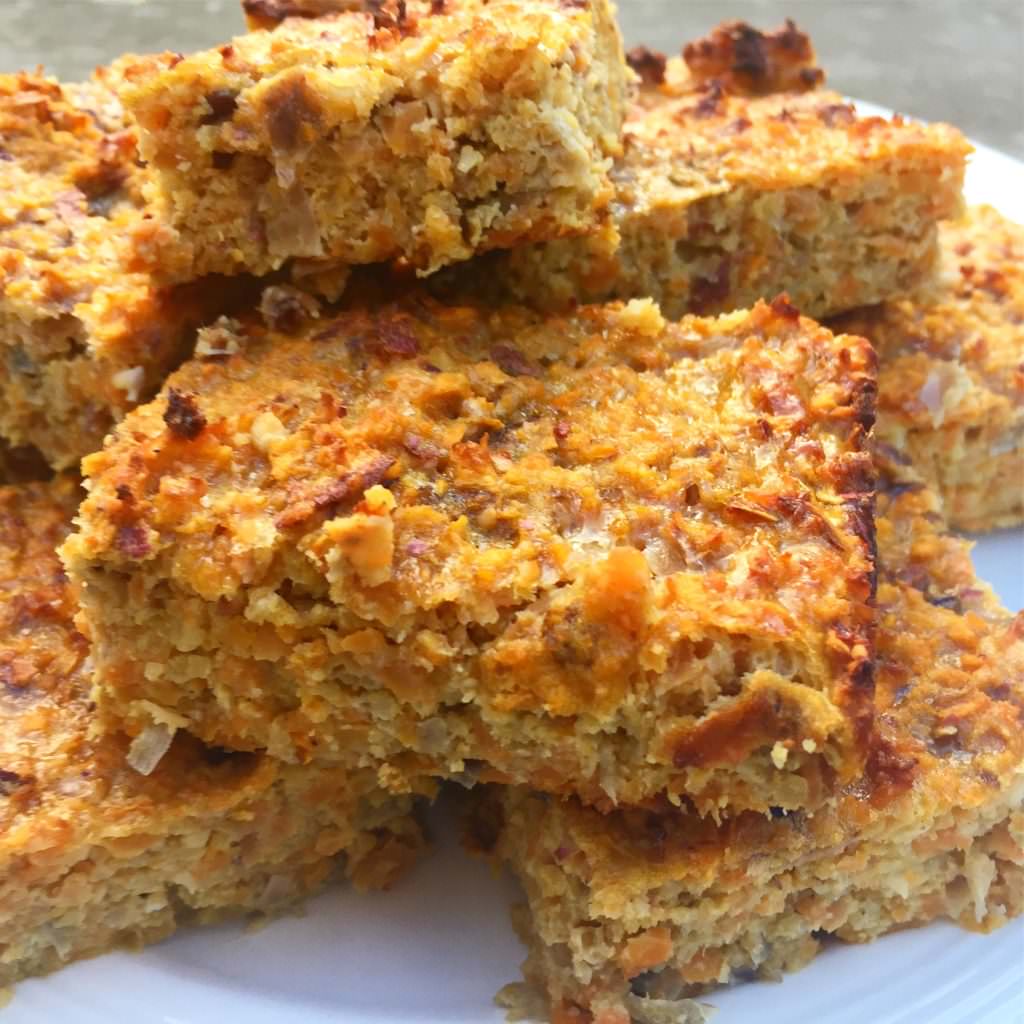
Gluten Free Sweet Potato Frittata RECIPE
Try it….as a baked potato as a main meal topped with cream cheese or sweet potato wedges.
Beetroot
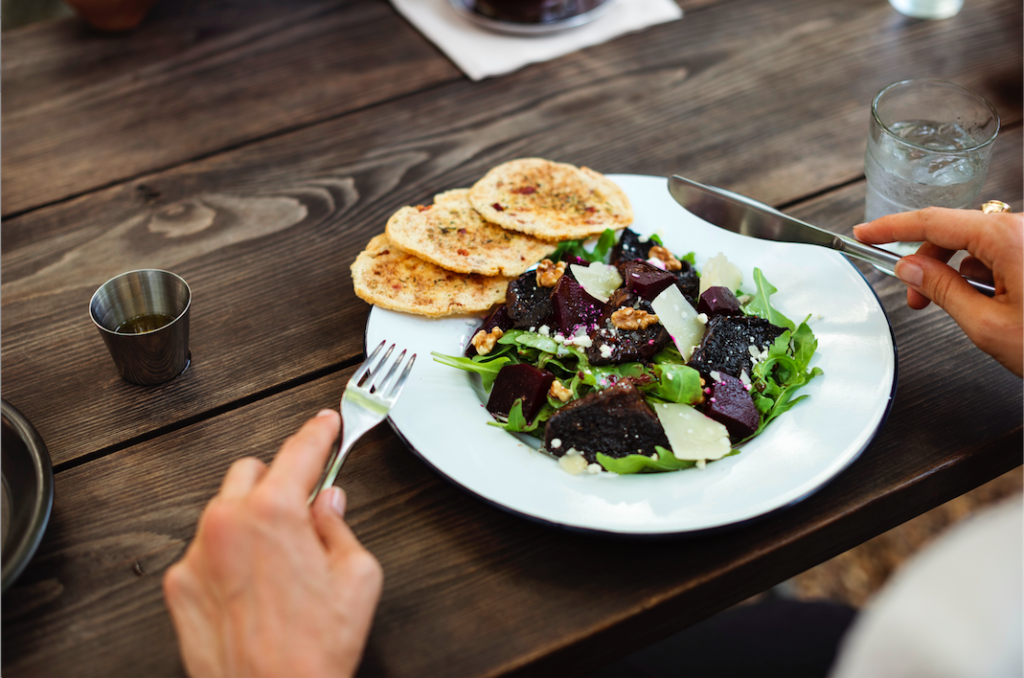 That deep red colour is a rich source of potassium and folate and nitrates; which studies show can lower blood pressure. Studies also indicate that consumption of nitrate containing beetroot juice may improve athletic performance.
That deep red colour is a rich source of potassium and folate and nitrates; which studies show can lower blood pressure. Studies also indicate that consumption of nitrate containing beetroot juice may improve athletic performance.
Try it….roasted fresh beetroot is delicious as part of a salad or alongside roasted meats but they are also great raw; grated into a salad or juice/smoothie.
Carrots
The deep orange colour is a good source of beta-carotene, the precursor your body needs to make vitamin A. vitamin A helps to support your eye health. They are also rich in fibre and a good source of vitamins C, K as well as potassium.
Try it… so many easy ways to include carrots in your choices; soups, casseroles or grated into a salad or as crudities with dips like hummus or guacamole.
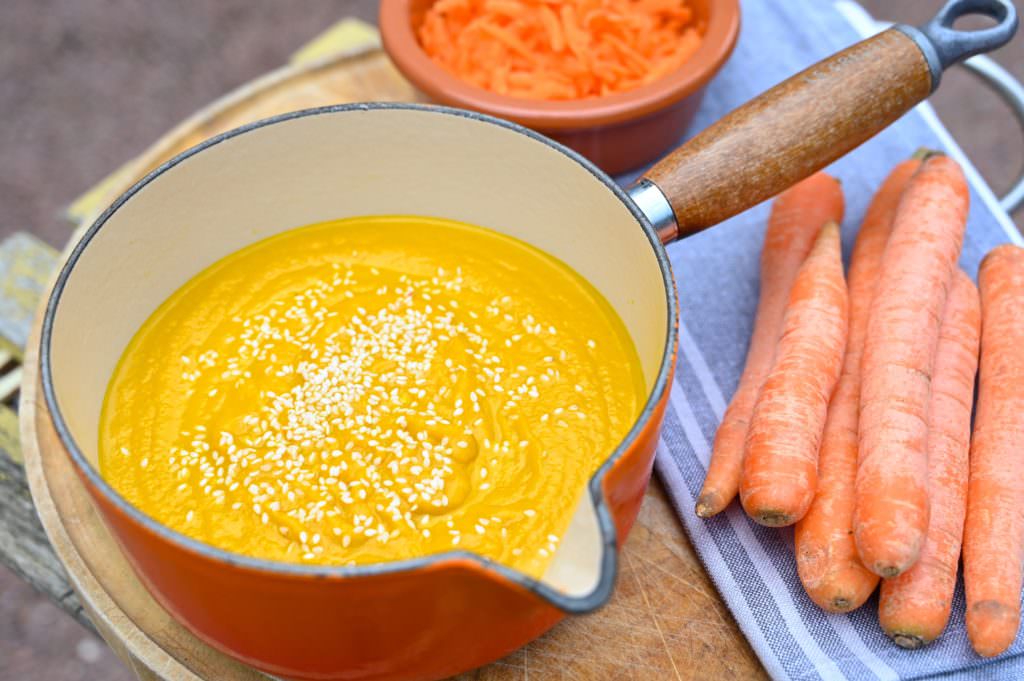
This delicious Dairy Free Ginger and Carrot Soup is one of my weekly staples; do give it a try!
Tomatoes
 Technically a fruit, but I consider it both a vegetable and fruit! Tomatoes are a nutritional powerhouse. They contain the antioxidant Lycopene, the antioxidant that gives it its vibrant red colour, which can help to prevent prostate cancer as well as beta carotene. They are also rich in potent antioxidants lutein and zeaxanthin, both essential nutrients to protect vision.
Technically a fruit, but I consider it both a vegetable and fruit! Tomatoes are a nutritional powerhouse. They contain the antioxidant Lycopene, the antioxidant that gives it its vibrant red colour, which can help to prevent prostate cancer as well as beta carotene. They are also rich in potent antioxidants lutein and zeaxanthin, both essential nutrients to protect vision.
Try it….cooked! Cooking tomatoes will increase the bioavailability of lycopene and particularly if combined with a little oil. Tomatoes are so easy to incorporate, cooked or raw, in sauces, soups, and salads and are best eaten combined with a little oil, to help with the absorption of lycopene.
This delicious family meal is a guaranteed crowdpleaser! Healthy Meatballs in a rich tomato sauce
The Healthiest Vegetables:
Anti-inflammatory Alliums
Garlic
Garlic has long been known for its medicinal properties; as a natural antibiotic, it has been used for centuries as natural medicine. The active ingredient, allicin has cancer–fighting properties and research has shown consumption of garlic can help lower blood pressure, improve insulin resistance and improve heart health.
Try it….ideally raw! Garlic is actually best eaten raw for maximum health benefits, in dips like hummus, guacamole or in bruschetta with tomatoes.
Onions
Often dismissed as a vegetable, onions are a powerful anti-inflammatory that contains the flavonoid Quercitin and can help protect against cancer. They are also rich in fibre and considered a pre-biotic; a fibre that feeds the good bacteria in the gut.
Try it….. cooked or raw, onions are easy to incorporate into everyday dishes like casseroles, stews, curries, soups or raw for even more health benefits in salads, dips and dressings. Perhaps add a few slices to a pizza too.
Have you made this delicious French Onion Soup?








0 Comments